Well Manometer Principle
Well Manometer – same as the U-tube except for the reservoir on the high-pressure side. It is sometimes called a single column gauge.
The manometer consists of a metal well of large cross sectional area connected to a glass tube, or limb. This system normally contains mercury as the filling liquid.
As shown in figure above, both the well and the limb are open to atmosphere, in which case the level of mercury in the well is equal to that in the limb.
In the well type manometer, the pressure to be measured is normally applied to the well. When pressure applied to the well the level of liquid in the well falls by the distance ” x ” and the level in the limb rises by the distance ” h “.
When the column of liquid (h + x) exerts a pressure equal to the pressure applied to the well, the liquid stops moving.
The value of (h + x) will increase as the pressure to be measured increases and will decrease as the pressure to be measured decreases. The value of (h + x) can be read from a scale positioned as shown in the diagram above.
This scale is normally calibrated in units of pressure, e.g. mm of mercury gauge or Pascal ( Pa ), so that the pressure can be read directly from the device.
Credits : N Asyiddin
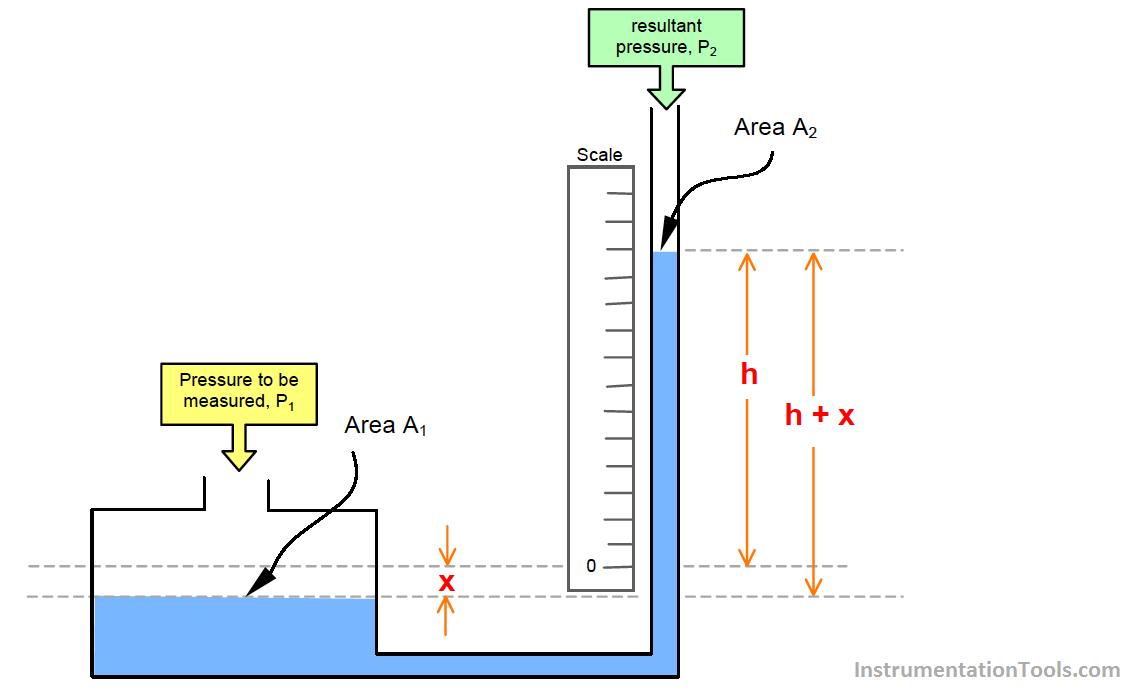
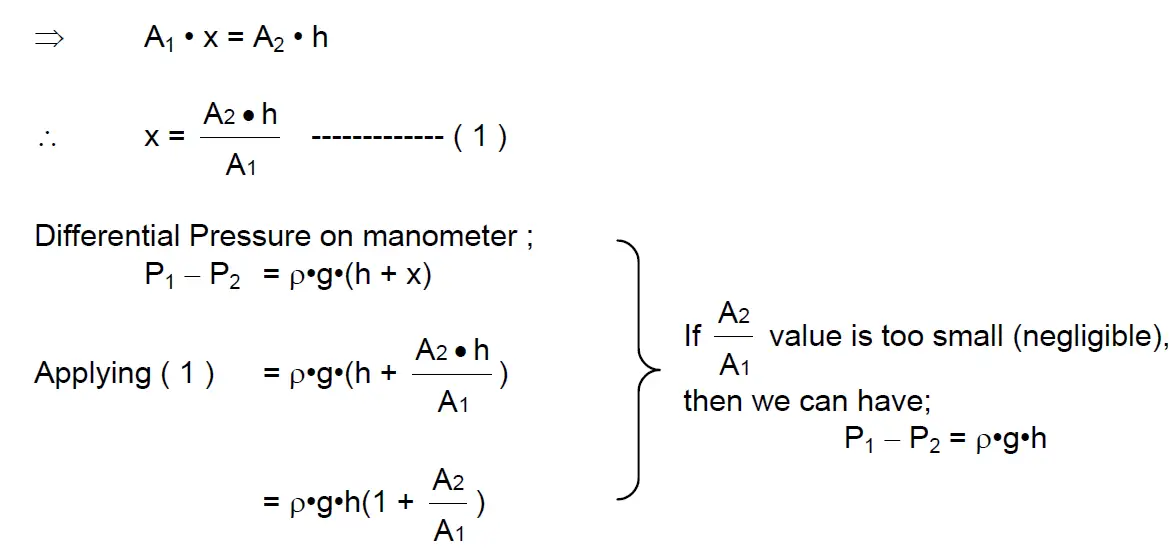
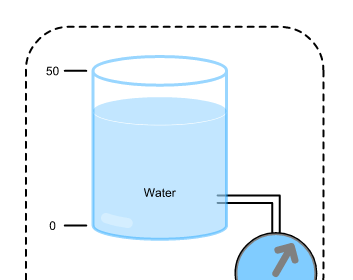



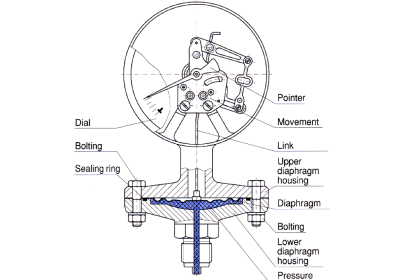

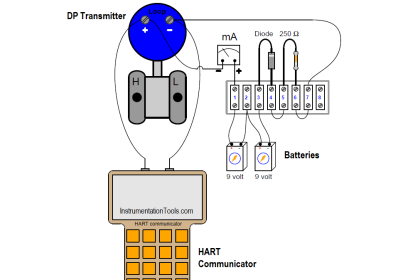
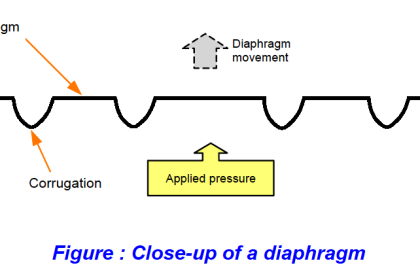


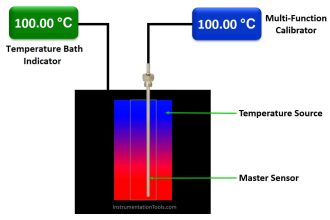
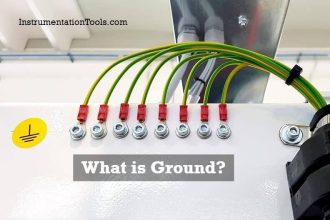

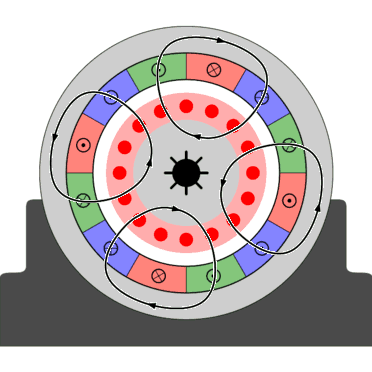

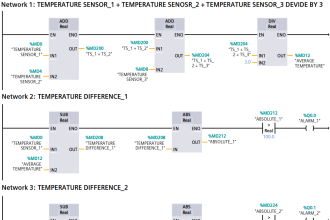

how to increase the sensitivity for this one